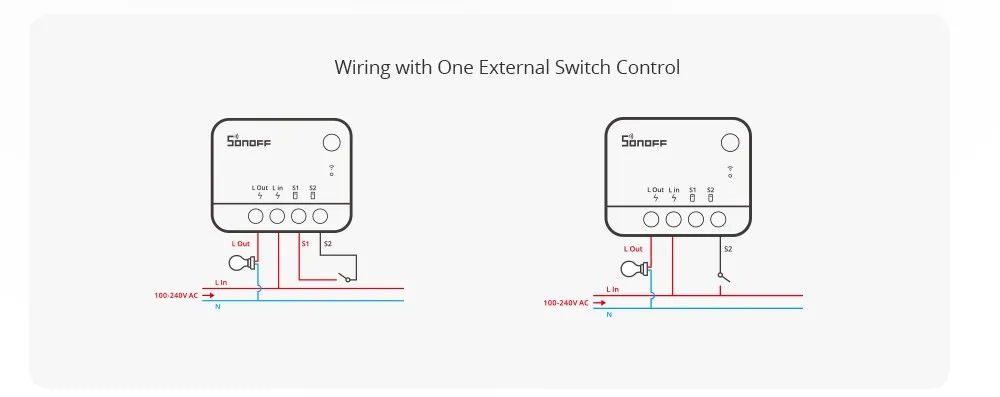Agent_zed
Established Member
The only devices that don’t require touching the circuit are smart bulbs, but the problem with those is that when the switch is off they don’t work. They usually require a permanent live feed and so then the relay would tell a hub to tell the bulbs not to illuminate any more, but they would still be live.
So is the general consensus that I shouldn’t even add a relay to the back box myself?
Forgive my naivety, but where is the danger in that? If all of the terminal’s are connected correctly and there’s no exposed wiring in the back box. What is the potential danger that I’m missing here?
If everything is connected correctly then there isn't any more danger than a qualified person doing the job. There are however 2 potential problems. 1) Knowing you have done it correctly and 2) if something does go wrong then you won't be covered by insurance etc.
I have done the majority of my electrics myself and haven't burnt down my house yet. However there are things I don't know so anything outside of the norm I would look to get advice from a qualified person or get them to do it. Some things you aren't allowed to do e.g bathroom electrics. Kitchens used to be in the same category but that changed I think.
I guess for me the bigger question is why you need so many different methods of turning a light on? I've just got back from a skiing trip and the chalet has pir sensors for the hall way and boot room and that was really useful. That is a simple install. Do you really need to turn it on with your phone? It probably seems cool for a while until you realise you have to unlock your phone each time and find the app, whereas you can just walk into the room and have the pir turn it on.
In my house I also have a completely separate 12v system that runs off a 12v battery in the garage. I have some undershelf lights and a couple of runs of led lighting. The pantry light is on a 12v pir and the roof light is on a remote control (I can change the brightness level which is great for early mornings when I don't want full lighting). Works well for me and in case of a powercut I have lights. I have 1amp fuses on the cables so they can't short and burn my house down that easily. I charge it when the sun is shining and I'm making electric, so they don't cost me anything to run.

































